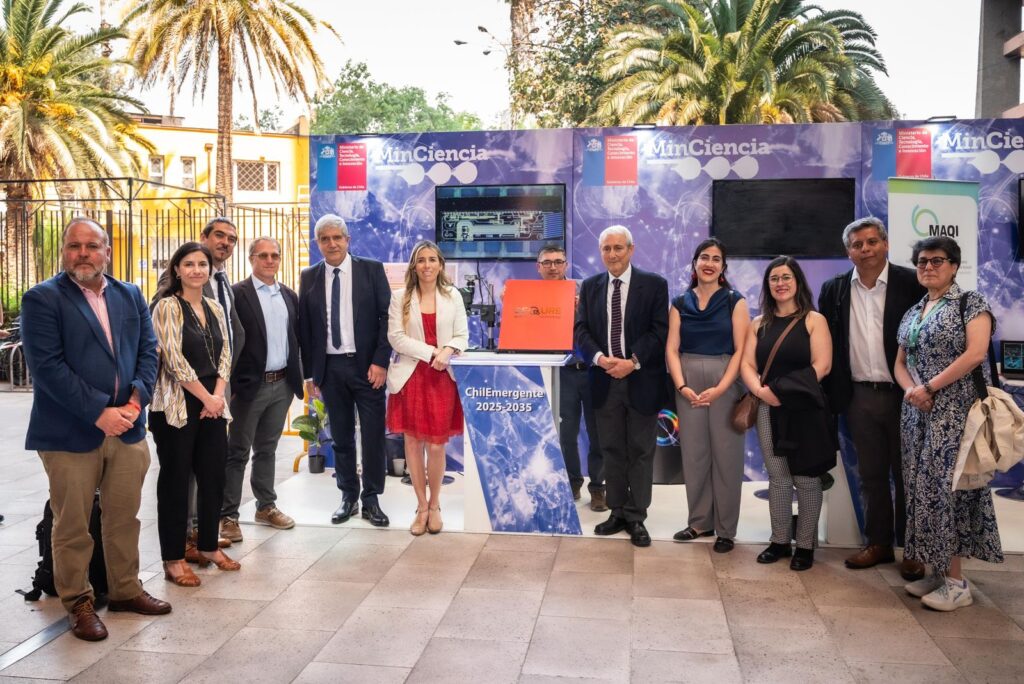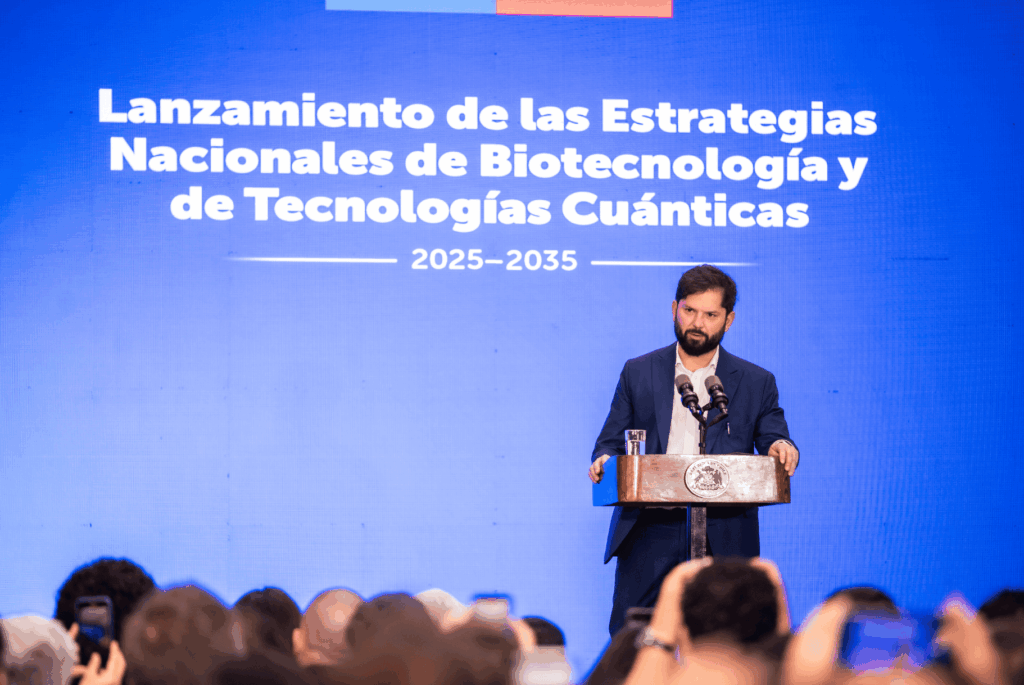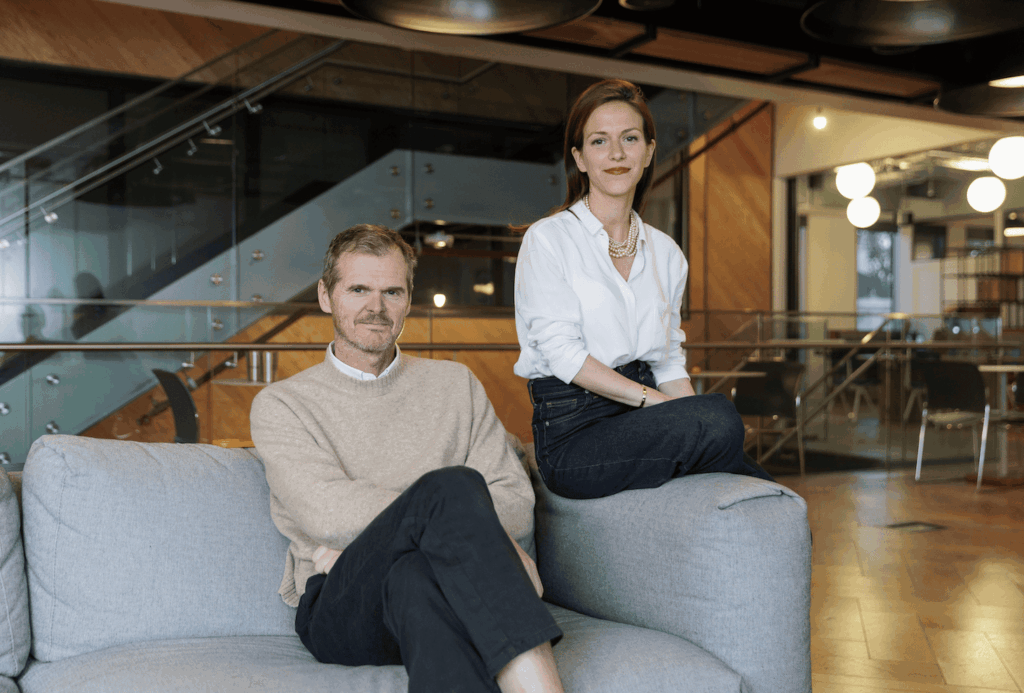Insider Brief
- The IT4Innovations National Supercomputing Center in the Czech Republic inaugurated VLQ, a 24-qubit superconducting quantum computer and the second EuroHPC JU system deployed in Europe.
- VLQ was developed by IQM Quantum Computers at a cost of EUR 5 million, jointly funded by EuroHPC JU and the LUMI-Q consortium of 13 partners from eight countries.
- The system features a star-shaped topology with full qubit connectivity, is integrated with the Karolina supercomputer, and will be accessible to European researchers, companies, and the public sector by the end of 2025.
PRESS RELEASE — A new quantum computer named VLQ was officially inaugurated at IT4Innovations National Supercomputing Center in the Czech Republic, in the presence of esteemed Czech and European representatives. It is the second quantum computer launched in Europe under EuroHPC JU.
This important milestone marks another step towards building a cutting-edge European quantum computing infrastructure and supporting research and innovation across the continent. The acquisition and operation of VLQ is jointly managed by the pan-European LUMI-Q consortium, which brings together thirteen partners from eight countries.
The inauguration ceremony took place at IT4Innovations National Supercomputing Center, part of VSB – Technical University of Ostrava. It was attended by many distinguished guests, including Gustav Kalbe from the European Commission’s Directorate-General for Communications Networks, Content and Technology, Anders Jensen, Executive Director of EuroHPC JU, Czech government officials, rectors of Czech universities, representatives of the LUMI-Q consortium, and IQM officials.

VLQ is a quantum computer with 24 physical qubits in a star-shaped topology. This architecture provides unique connectivity between all qubits, significantly increasing the efficiency of quantum computations and distinguishing VLQ from competing systems. The architecture also offers a computational benefit by minimising the number of so-called swap operations. The full-stack system was supplied by IQM Quantum Computers at a total acquisition cost of approximately EUR 5 million. Half of the cost was funded by EuroHPC JU, with the other half covered by the LUMI-Q consortium. The consortium comprises thirteen partners from eight European countries. It is led by the Czech Republic and includes Belgium, Denmark, Finland, the Netherlands, Norway, Poland, and Sweden.
“The VLQ quantum computer will serve a broad spectrum of European users – from academic institutions and industrial companies to the public sector. It will primarily support research and innovation, and its capacities will be accessible to all users across Europe via EuroHPC JU,” said Branislav Jansik, Director of Supercomputing Services at IT4Innovations and coordinator of LUMI-Q consortium.
VLQ will enable researchers to explore new algorithms and applications in areas such as quantum machine learning, drug and vaccine development, new material design, transport optimisation, the financial sector, the performance forecasting of renewable energy resources, and security and defence.
“This is the first installation not just in Czech Republic but anywhere in the world with a superconducting quantum computer with connectivity between all qubits. The star-shaped quantum processing unit architecture is also the cornerstone in IQM technology roadmap towards fault-tolerance,” said Mikko Välimäki, Co-CEO of IQM Quantum Computers. “We believe our system will be instrumental in driving scientific breakthroughs and further cementing Europe’s role at the forefront of technological innovation.”
The quantum computer will not function as a standalone computational system. Like other EuroHPC JU quantum computers, it will be integrated into the European high-performance computing (HPC) infrastructure. In Ostrava, it is directly connected to the Karolina supercomputer, enabling combined classical and quantum computations.
“With VLQ, Europe is taking another decisive step toward deploying a world-class European quantum computing ecosystem. By combining the strengths of our supercomputers with state-of-the art quantum technologies, we are giving European users the tools to explore solutions that were previously out of reach. Today’s inauguration is also a testament to the power of European collaboration: together, we are laying the foundation for breakthroughs that will shape the future of science, technology, and society,” said Anders Jensen, Executive Director of EuroHPC JU.
More interesting facts about the VLQ quantum computer:
The VLQ quantum computer contains 24 superconducting qubits in a star-shaped topology. By the end of 2025, VLQ will be accessible to researchers, companies, and the public sector across Europe.
To operate, its qubits must be kept at an extremely low temperature — just 0.01 degrees above absolute zero (i.e., about –273.14 °C), colder than outer space. This “frozen” state is provided by a special cryostat, part of which resembles a multi-tiered, gleaming gold chandelier weighing approximately 300 kg. Such cooling is essential, as even a tiny amount of heat could destroy the fragile quantum states of the qubits. The chip itself is located at the bottom of the cryostat, and achieving these ultra-low operating temperatures relies on quantum effects when mixing helium isotopes.
Despite the demanding cooling, the quantum chip consumes only a few kilowatts of energy. The supporting infrastructure and cooling systems use most of the power, which is still far less than classical supercomputers, which consume megawatts.
The name VLQ refers to:
- V – VSB – Technical University of Ostrava (where it is located),
- L – LUMI-Q Consortium,
- Q – Quantum Computing,
However, when pronounced, the name sounds like the Czech word „vlk,” which means wolf, the symbol of the LUMI supercomputer from which the LUMI-Q consortium originated.
















